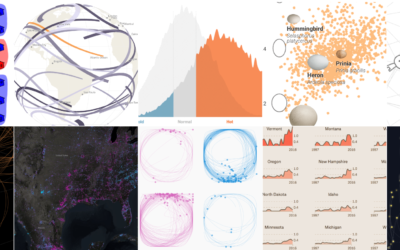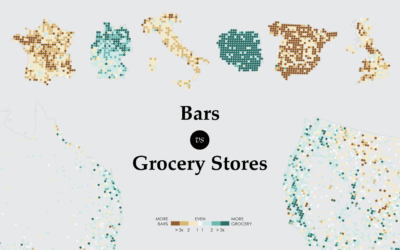Occupation Growth and Decline
We looked at shifts in job distribution over the past several decades, but it was difficult to see by how much each occupation group changed individually. The chart below makes the changes more obvious. For example, computer and math jobs went from relative nothing to a +544% explosion since 1970.
Changes Since 1970
As you might expect, jobs in computers and math grew a lot over the past several decades, which changed everything.
Notes
The data comes from a combination of the American Community Survey and the Decennial Census. I downloaded the data via IPUMS. They provide unified occupation classifications, which allows for comparison of jobs over time.
I analyzed and prepared the data in R. I made the chart with D3.js.
Become a member. Support an independent site. Make great charts.
See What You Get





